Pacific Wax Myrtle Companion Plants That Will Make Your Garden Pop
Pacific Wax Myrtle: A Beautiful and Versatile Shrub
Pacific wax myrtle (Morella californica) is a beautiful and versatile shrub that is native to the Pacific coast of North America. It is known for its glossy, evergreen leaves, fragrant flowers, and blue-black berries. Wax myrtle is a hardy plant that can tolerate a wide range of conditions, making it a popular choice for gardens in many different climates.
Companion Planting with Pacific Wax Myrtle
When choosing companion plants for Pacific wax myrtle, it is important to consider the plant's needs in terms of sun exposure, soil type, and moisture. Wax myrtle prefers full sun to partial shade and well-drained soil. It is also drought-tolerant once established.
Some good companion plants for Pacific wax myrtle include:
- Shrubs: Garrya elliptica (silk tassel bush), Ceanothus (California lilac), Rhododendron, Pieris japonica (Japanese pieris)
- Perennials: Heuchera (coral bells), Sedum (stonecrop), Rudbeckia (coneflower), Echinacea (purple coneflower)
- Groundcovers: Vinca minor (periwinkle), Pachysandra terminalis (pachysandra), Epimedium (bishop's hat)
- Vines: Clematis, Wisteria
These plants all have similar requirements to wax myrtle and will help to create a beautiful and harmonious garden.
Here are some specific tips for companion planting with Pacific wax myrtle:
- Plant wax myrtle with other plants that have similar water needs. Wax myrtle is drought-tolerant once established, but it will need regular watering during the first year or two after planting. Planting it with other drought-tolerant plants will help to ensure that it gets the water it needs.
- Plant wax myrtle with other plants that have similar sun exposure needs. Wax myrtle prefers full sun to partial shade. Planting it with other plants that have the same sun exposure needs will help to ensure that it gets the sunlight it needs to thrive.
- Consider the size of the mature plants when choosing companion plants. Wax myrtle can grow to be a large shrub, so it is important to choose companion plants that will not be overwhelmed by its size.
Conclusion
Pacific wax myrtle is a beautiful and versatile shrub that can be used to create a stunning garden. By choosing companion plants that have similar needs to wax myrtle, you can create a harmonious and well-balanced garden that will thrive for years to come.
Pacific wax myrtle is a beautiful and versatile plant that can be used in a variety of ways. It is also a great choice for companion planting, as it can help to attract beneficial insects and pollinators.
If you are looking for companion plants for your pacific wax myrtle, there are a few things to keep in mind. First, you want to choose plants that will complement the wax myrtle's growth habit and needs. For example, you might want to plant something that will provide shade for the wax myrtle in the summer, or something that will help to retain moisture in the soil.
Second, you want to choose plants that will attract beneficial insects and pollinators. Wax myrtle is a magnet for these creatures, so you can help to create a thriving ecosystem in your garden by planting companion plants that will attract them.
Some good companion plants for pacific wax myrtle include:
- Butterfly weed
- Bee balm
- Coneflower
- Echinacea
- Lavender
- Mint
- Penstemon
- Salvia
- Yarrow
For more information about pacific wax myrtle companion plants, please visit Gardenia Inspiration.
FAQ of pacific wax myrtle companion plants
Q: What are some good companion plants for Pacific wax myrtle?
A: Pacific wax myrtle is a versatile shrub that can be paired with a variety of other plants. Some good companion plants include:
- Hydrangeas: These large, showy flowers complement the wax myrtle's delicate blooms.

- Azaleas: These colorful shrubs provide year-round interest, while their similar growing conditions make them a good match for the wax myrtle.
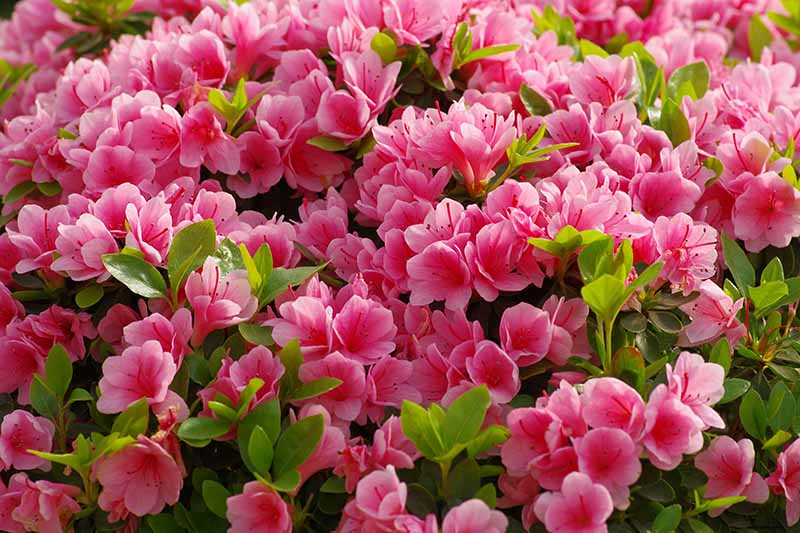
- Camellias: These evergreen shrubs bloom in the winter, providing a contrast to the wax myrtle's summer flowers.

- Gardenias: These fragrant shrubs are a popular choice for Southern gardens, and they can be planted near the wax myrtle to enjoy their sweet scent.
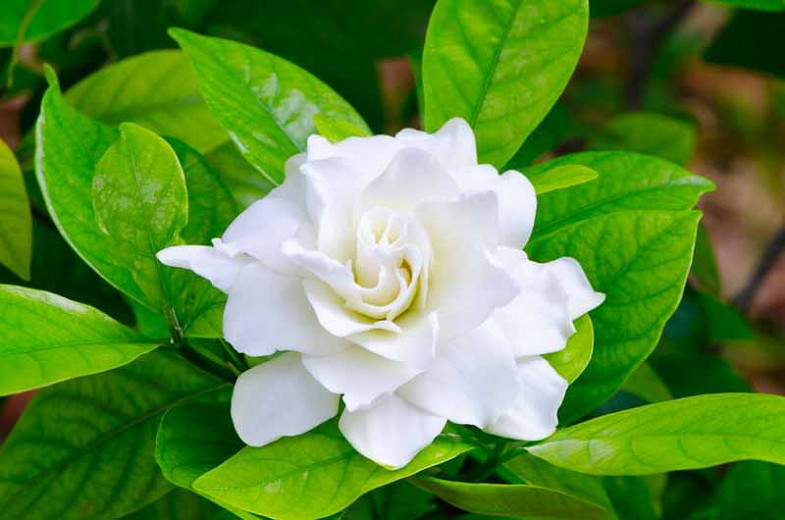
- Ornamental grasses: These grasses add movement and texture to the garden, and they can be planted in front of the wax myrtle to help screen its lower branches.

Q: What are the benefits of planting companion plants with Pacific wax myrtle?
A: There are several benefits to planting companion plants with Pacific wax myrtle. These plants can:
- Attract pollinators: The wax myrtle's flowers attract a variety of pollinators, such as bees, butterflies, and hummingbirds. Planting companion plants that also attract pollinators can help to increase the number of these beneficial insects in your garden.
- Provide shade: The wax myrtle can be susceptible to sunburn in hot, dry climates. Planting companion plants that provide shade can help to protect the wax myrtle from the sun's rays.
- Improve soil quality: Some companion plants, such as hydrangeas and azaleas, can help to improve the soil quality around the wax myrtle. This can help the wax myrtle to thrive and be more resistant to pests and diseases.
- Create a more interesting landscape: Companion plants can add variety and interest to your landscape. They can be used to create different textures, colors, and heights, and they can help to fill in empty spaces in your garden.
Q: What are some things to consider when choosing companion plants for Pacific wax myrtle?
A: There are a few things to consider when choosing companion plants for Pacific wax myrtle. These include:
- Sunlight: The wax myrtle needs full sun to partial shade. Make sure to choose companion plants that have similar sunlight requirements.
- Water needs: The wax myrtle is drought-tolerant, but it does need regular water during the first year after planting. Choose companion plants that have similar water needs.
- Soil type: The wax myrtle prefers sandy, well-drained soil. Choose companion plants that also prefer sandy, well-drained soil.
- Pests and diseases: The wax myrtle is susceptible to a few pests and diseases, such as scale and powdery mildew. Choose companion plants that are resistant to these pests and diseases.
Q: How far apart should Pacific wax myrtle and companion plants be planted?
A: The spacing between Pacific wax myrtle and companion plants will depend on the size of the plants. In general, you should plant companion plants about 3 feet away from the wax myrtle. This will give the plants enough space to grow and thrive.
Image of pacific wax myrtle companion plants
- Dwarf Oregon Grape: This low-growing evergreen shrub has attractive blue-green foliage and clusters of yellow flowers in spring. It is drought-tolerant and deer-resistant, making it a good choice for companion planting with pacific wax myrtle.

- Coastal Heather: This evergreen shrub has delicate pink or white flowers in spring and summer. It is tolerant of sandy soils and salt spray, making it a good choice for coastal gardens.
- Scotch Broom: This tall evergreen shrub has yellow flowers in spring and summer. It is drought-tolerant and deer-resistant, making it a good choice for companion planting with pacific wax myrtle.
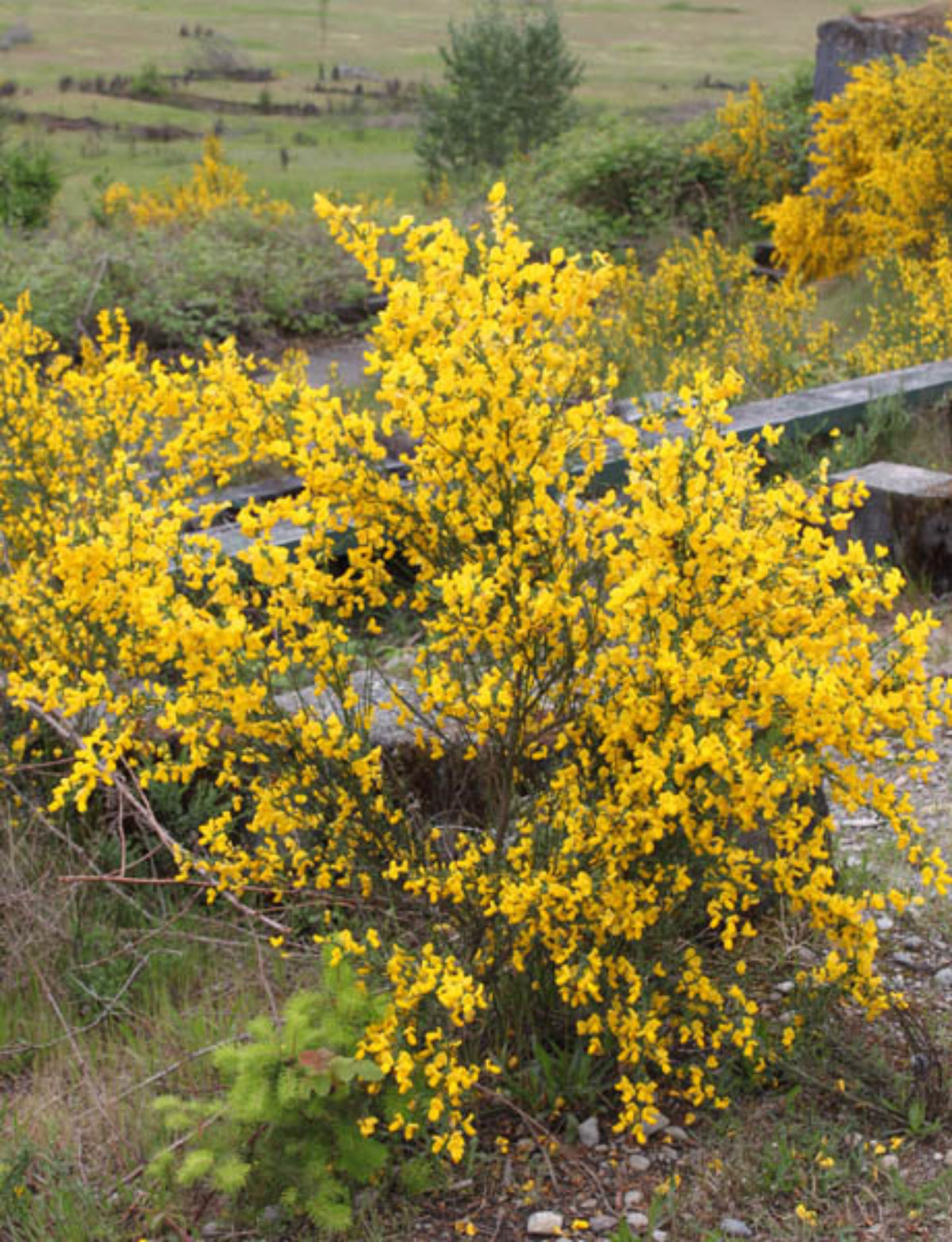
- California Lilac: This deciduous shrub has fragrant purple flowers in spring. It is tolerant of heat and drought, making it a good choice for companion planting with pacific wax myrtle in warm climates.
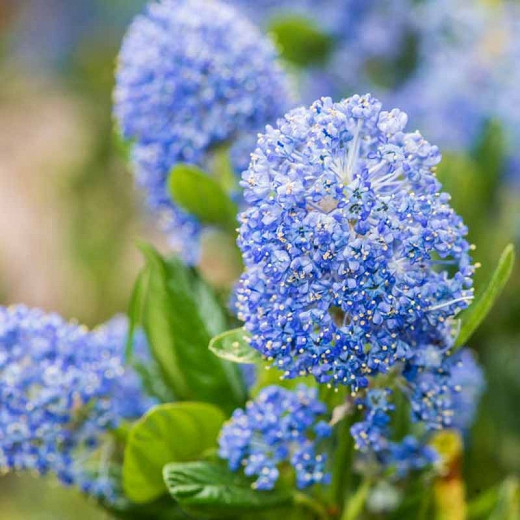
- Silk Tassel Bush: This evergreen shrub has long, silvery catkins in spring. It is tolerant of shade and deer-resistant, making it a good choice for companion planting with pacific wax myrtle in shady gardens.
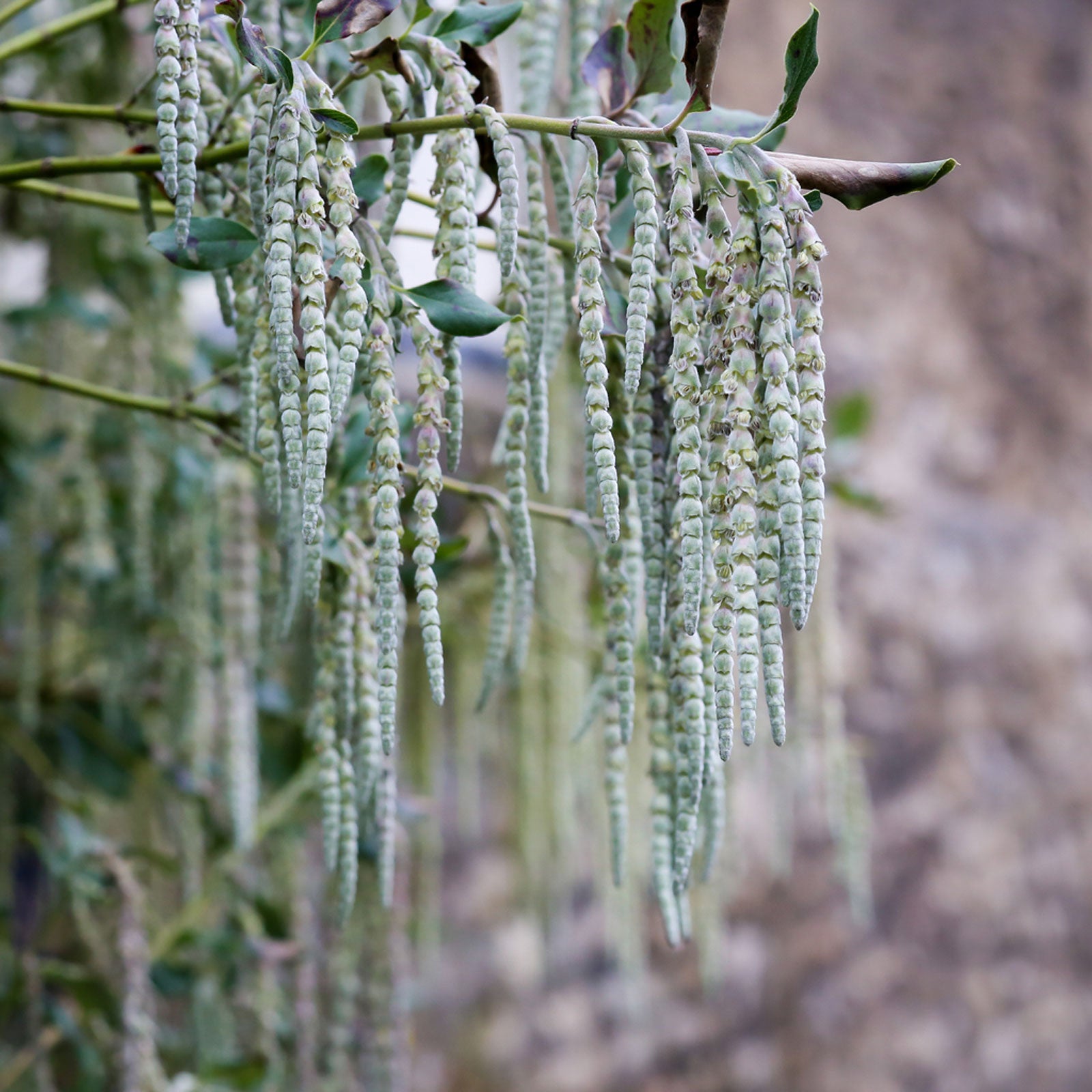
Post a Comment for " Pacific Wax Myrtle Companion Plants That Will Make Your Garden Pop"